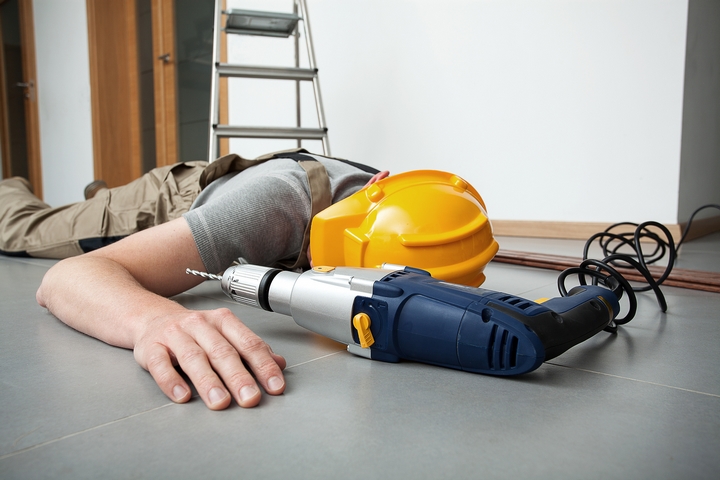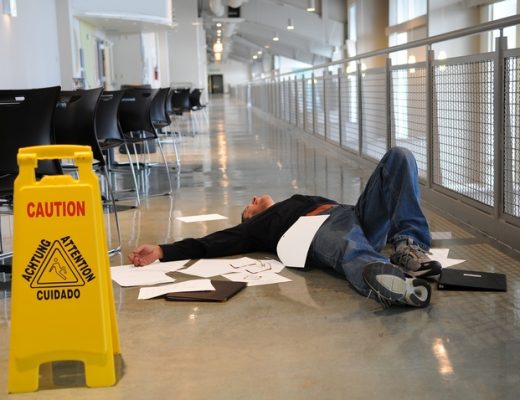Construction work requires a significant amount of physical energy from its workers. While every job has its risks, this industry stands out for the hazard rate. Most construction sites are dangerous because of the heavy machinery involved. Although regulatory bodies have standards put in place, many accidents still cause fatal injuries.
Companies must pay attention to the most common accidents on these sites. How can they do this? They must design preventive measures to lessen the impact of these injuries on workers. Putting these measures in place shows workers that the employers have their best interests in mind.
Here are seven common construction injuries and what you can do to avoid them:
1. Fall injuries
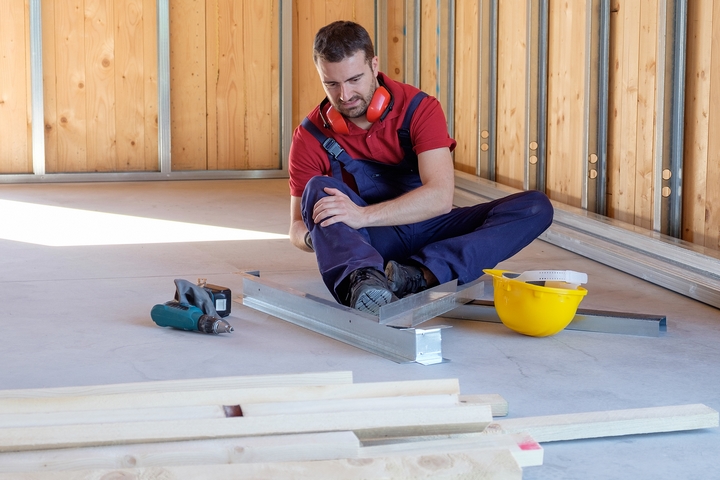
Sometimes, construction workers have to work from elevated levels. Whether for leisure or work, climbing is a dangerous activity. From building bridges to repair work, workers stand the risk of falling from elevated surfaces. This type of fall primarily ends up in fatality, costing the life of the worker.
In other cases, some workers trip and fall, no thanks to slippery surfaces caused by chemical spillage or ice. Even something as basic as clutter can cause workers to slip and fall on site. Unlike top falls, tripping accidents aren’t as fatal. However, they’re still dangerous since they can lead to fractures and broken bones.
How to avoid: Install protective rails and safety nets to protect workers. Keep the work environment clutter-free. Ensure workers wear footwear with solid grip and traction to prevent slips.
2. Electrocution injuries
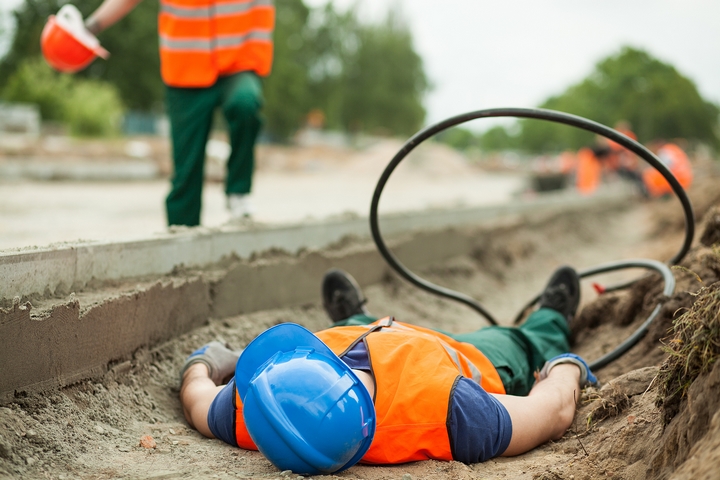
Electrocution is one of the most common construction injuries. Electrocution doesn’t always result in death. It causes injuries like nerve, cardiac arrest, and burns. Patients also experience conditions like shock and muscular contractions. Unfortunately, construction workers face a high risk of electrocution. From unsafe installations to even water spillage, many factors can cause electrocution. Working with generators, power tools, and wiring exposes workers to the risk of electrical burns.
Beyond maintaining a safe work environment, companies must establish standard practices for workers handling electrical equipment. Something as simple as safe clothing can protect people from electrocution.
How to avoid: Workers must wear protective clothing on their hands and bodies while handling generators and other power tools. During installations, de-energize all electrical gadgets before work begins. Finally, workers should only use tools that insulate them from electrical waves.
3. Faulty equipment injuries
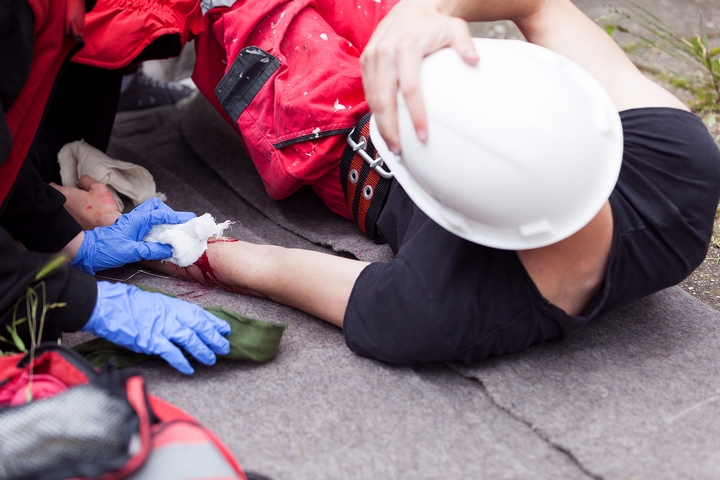
Faulty machines are recipes for disaster. You wouldn’t drive a car with faulty brakes to prevent collisions. Your workers shouldn’t have to work with defective tools as well. Malfunctioning heavy-duty tools like cranes and other handheld equipment cause amputation-related accidents annually.
From design defects to maintenance neglect, many factors can lead to faulty equipment. Unfortunately, many workers suffer preventable injuries caused by defective tools.
How to Avoid: Ensure routine maintenance of all equipment. Use construction safety training programs to educate workers, helping them identify and report defective equipment. Ensure to replace or repair damaged tools immediately to prevent injuries.
4. Automobile accidents
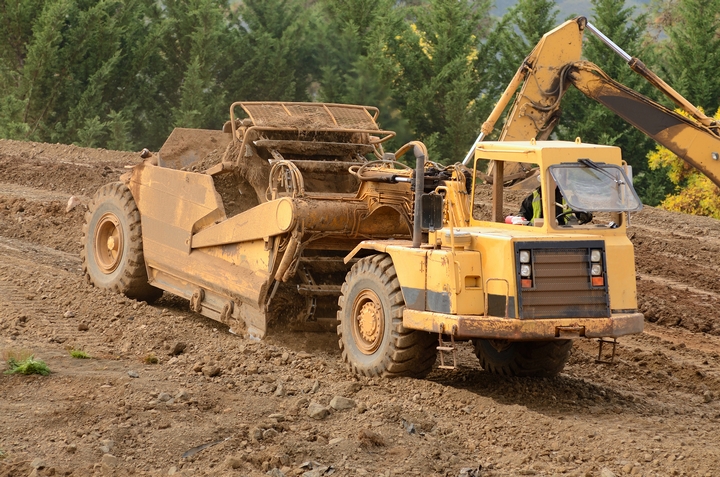
Most construction sites use heavy equipment. Workers require machinery like bulldozers, trucks, and extractors to build the masterpieces we know and love. Unfortunately, these tools also come with different risks. Like regular cars, construction vehicles can also cause automobile accidents.
From failed brakes to miscommunication, many things cause automobile accidents on construction sites. Injuries like fractures, broken limbs and dislocations can happen. The first step in preventing this is by intensive training focused on handling these kinds of equipment.
How to avoid: Create efficient communication systems between heavy-duty automobile drivers and pedestrians. Set up a clear commute path and marked parking locations for these vehicles.
5. Chemical injuries
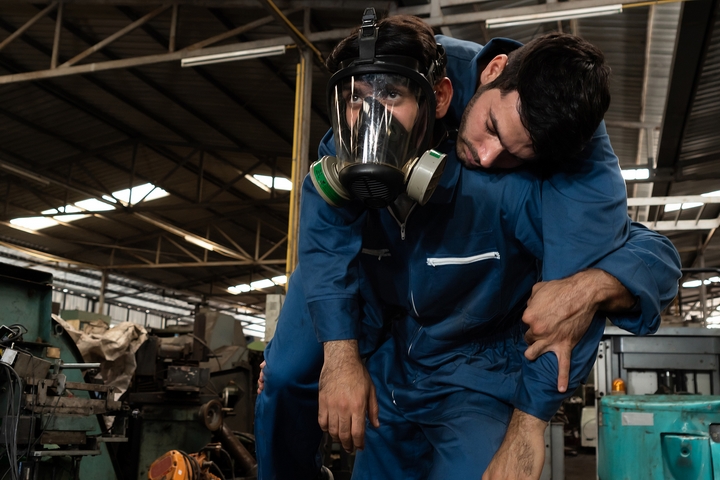
Exposure to toxic substances causes conditions like chemical burns, irritation, and even cancer-related illnesses. While chemicals like acids and alkaline trigger visible hazards like corrosions and burns, others have silent effects. Sometimes, workers experience life-threatening internal ailments years after exposure to toxic substances. They ingest these chemicals through the air, gas, vapor, or dust.
These toxic substances commonly occur in either construction chemicals or industrial waste products. While some substances like asbestos remain banned in Canada, construction companies still use ingredients like formaldehyde according to regulations.
How to avoid: Workers must wear gas masks and protective clothing while handling toxic chemicals. Companies must also provide first-aid and quarantine systems for accidents.
6. Collapsed objects
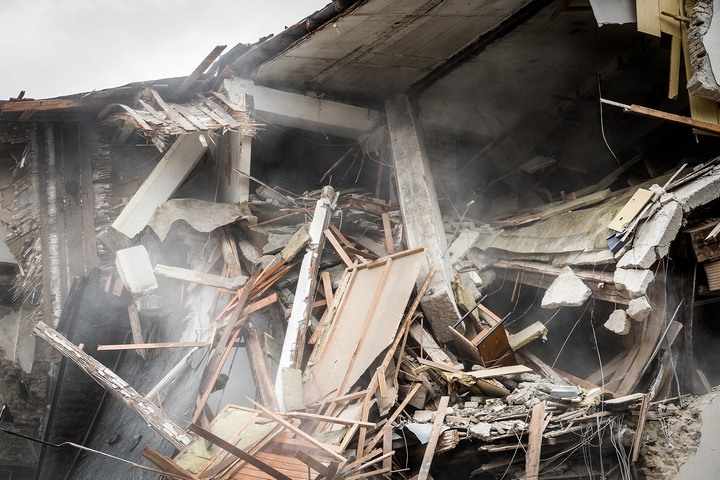
Humans aren’t the only ones who can fall off high places on construction sites. Machines and power tools can also fall, injuring pedestrians and workers. Suspending objects on cranes and hydraulic presses can drop by accident, crushing people on the ground. From trenches to scaffolding, collapsed objects can cause injuries like respiratory illnesses, bruises, and brain injuries.
How to avoid: Workers must wear helmets to protect their heads from brain injury. Secure tools to a solid hardware system and keep the work environment clutter-free. Enforce clear communication across all teams, especially during elevation tasks.
7. Explosion injuries
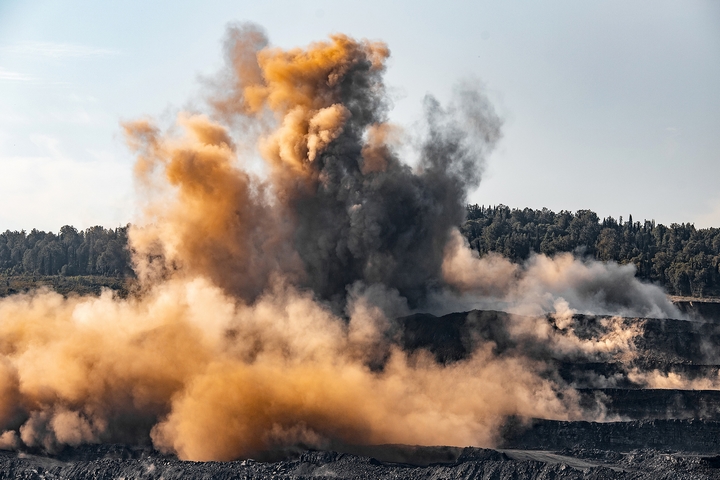
Beyond electrical faults, other factors like gas leaks can cause explosions on construction sites. Workers commonly contend with burns after explosions. Other injuries include loss of eyesight, deafness, and amputation. Accidental fires, explosive chemicals, and overheating also trigger explosions.
In America alone, at least 36 construction workers die annually from explosions at work. Here in Canada, this same problem persists.
How to avoid: Companies must set up a fire protection program during construction. Store all flammable substances in fireproof containers. Ensure only trained personnel handles blasting activities far away from the site.

